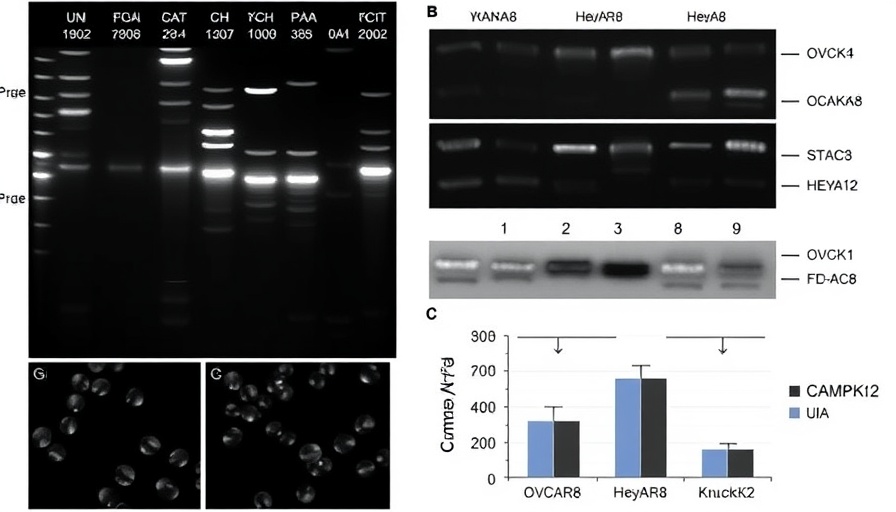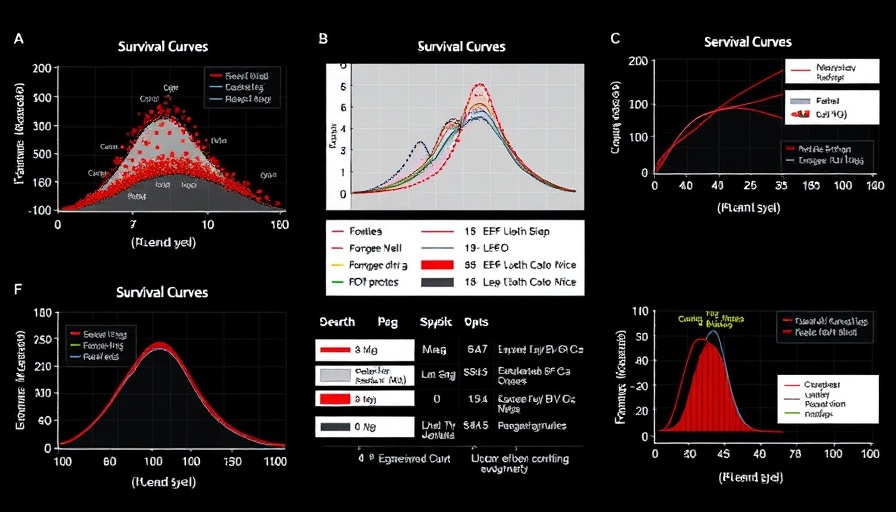
Understanding Neuronal Guidance Signaling
Neuronal guidance signaling plays a pivotal role in the intricate processes of neural development and maintenance. This signaling ensures that neurons establish precise connections, a cornerstone in the formation of functional neural networks. The significance of neuronal guidance genes cannot be understated as they produce proteins acting as cues, analogs, and intracellular signaling effectors that dictate the wiring of neurons and the sustenance of synapses throughout life.
Implications of Disrupted Signaling
The disruption of neuronal guidance pathways correlates with various neurological conditions, including developmental and neurodegenerative disorders. Emerging research has isolated mutations and dysregulations in these signaling mechanisms as key players in conditions ranging from autism spectrum disorder to epilepsy. This highlights the pressing need for a deeper understanding of neuronal guidance as a foundation for potential therapeutic approaches.
Draxin: A Key Player in Neural Development
Draxin, an axon guidance protein, is a significant component in the development of crucial neural pathways, especially in the forebrain. Studies reveal that draxin knockout mice exhibit substantial structural abnormalities in critical regions such as the corpus callosum and hippocampal commissures. The genetic implications of draxin deletion notably highlight its contextual relationship with ASD, reinforcing the concept that early neural development is inherently linked to long-term neuropsychiatric health.
The Role of Arx in Neurodevelopmental Disorders
The Aristaless-related homeobox (Arx) gene offers a compelling case for transcriptional regulation within the framework of neuronal development. Mutations in Arx have been implicated in various neurodevelopmental disorders, raising questions surrounding the migration and differentiation of interneurons. Recent investigations utilizing conditional knockout methods verify Arx's crucial role in progenitor differentiation, signaling it as a potential target for regenerative approaches in brain health.
Applications in Regenerative Medicine
The intersection of neuroscience and regenerative medicine presents intriguing possibilities. Understanding neuronal signaling pathways can inform strategies for cellular rejuvenation, particularly as it pertains to therapies involving stem cells and gene editing. By illuminating pathways that promote cellular health, such as enhancing mitochondrial function and optimizing autophagic processes, researchers can progress toward reversing cellular aging and mitigating neurodegenerative decline.
Future of Cellular Health and Aging
As research advances, the potential for actionable therapies targeting neuronal guidance signaling will become increasingly relevant. The integration of knowledge from both developmental biology and regenerative practices can lead to unparalleled breakthroughs in anti-aging therapies, emphasizing the importance of maintaining cellular vitality through informed interventions.
For individuals eager to stay informed about the latest advancements in cellular rejuvenation and potential therapies, engaging in this discourse not only enhances personal knowledge but also encourages the exploration of how these insights can translate into practical applications in health and wellness. It’s essential to recognize that understanding the biological basis of neuronal health influences the broader landscape of preventive and therapeutic strategies.
 Add Row
Add Row  Add
Add 




Write A Comment